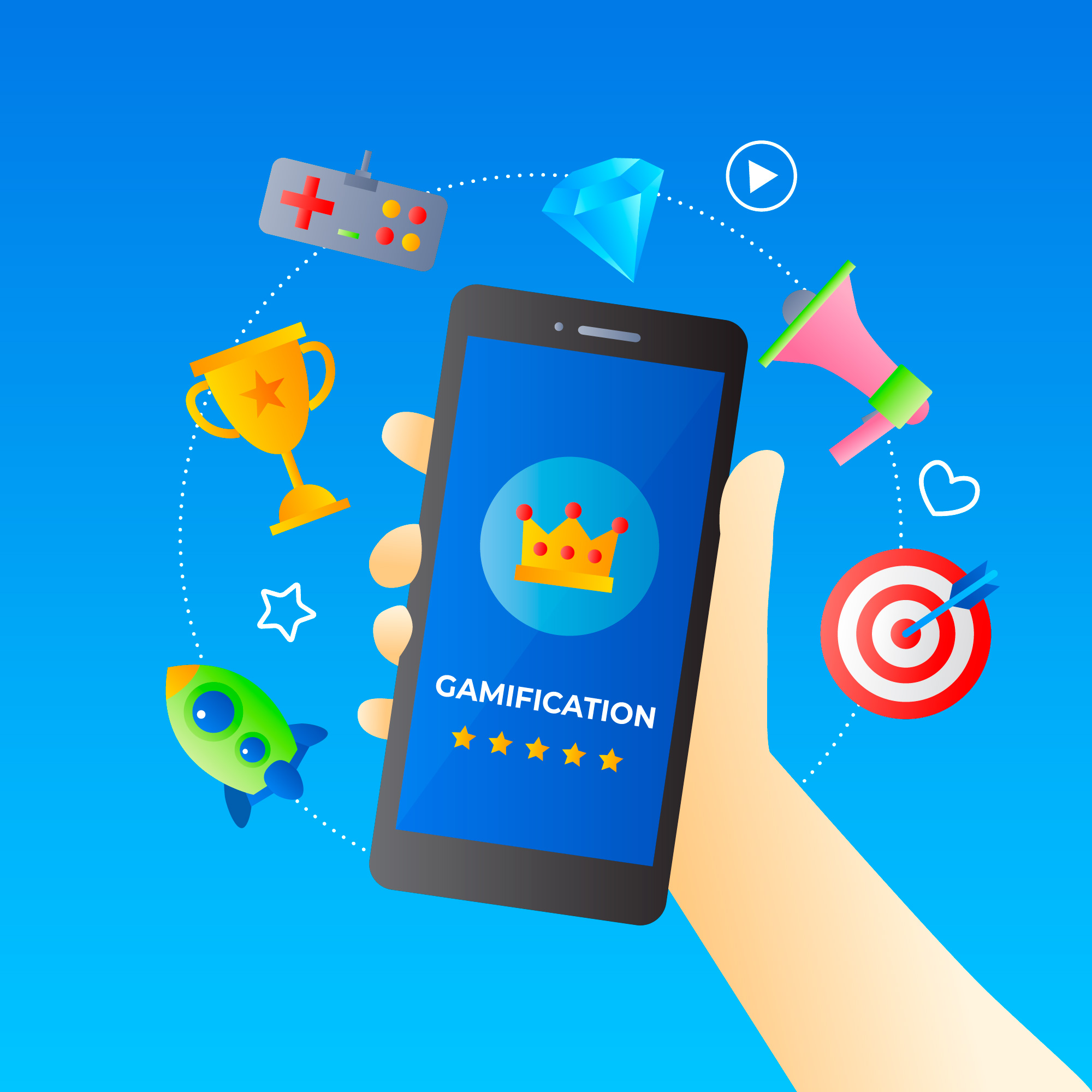In the world of mobile app development, gamification has emerged as a powerful strategy to engage users and enhance the overall user experience. By incorporating game-like elements and mechanics into mobile apps, developers can tap into users’ intrinsic motivations, boost engagement, and drive desired behaviors. In this article, we will delve into the concept of mobile app gamification, explore its benefits, discuss effective gamification techniques, and highlight successful examples of gamified mobile apps. By understanding the principles of gamification, app developers can leverage this approach to captivate users, foster loyalty, and achieve business goals.
Understanding Gamification
Gamification is the integration of game design principles, mechanics, and elements into non-game contexts, such as mobile apps. The objective is to motivate and engage users by providing them with a sense of challenge, accomplishment, and reward. By tapping into users’ natural desires for competition, achievement, and social interaction, gamification can transform mundane tasks into enjoyable experiences. Common gamification elements include points, badges, leaderboards, levels, challenges, and rewards.
Benefits of Mobile App Gamification
Gamification offers several benefits for mobile app developers and users alike. Firstly, it increases user engagement by making the app more enjoyable and interactive. By incorporating game-like elements, users are motivated to spend more time using the app, resulting in higher user retention rates. Gamification also encourages users to complete desired actions and achieve goals by providing clear objectives, progress tracking, and rewards. This can lead to increased user satisfaction and a sense of accomplishment.
Furthermore, gamification fosters a sense of healthy competition and social interaction among users. By implementing leaderboards, challenges, and collaborative features, users can compete with friends or other app users, creating a sense of community and encouraging user-to-user engagement. Additionally, gamification can enhance user learning and skill development by incorporating interactive challenges, quizzes, and progress tracking. This makes learning or using the app more enjoyable and effective.
Effective Gamification Techniques
Implementing gamification requires careful consideration and planning. Here are some effective techniques for successful gamification in mobile app development:
Clearly define the objectives of your app and align them with the gamification strategy. Determine the desired user behaviors and outcomes you want to encourage.
Design Engaging Game Mechanics: Create compelling game mechanics that align with your app’s purpose and user preferences. Consider incorporating elements such as points, badges, levels, challenges, and virtual currencies.
Implement a Rewarding System: Offer meaningful rewards to users based on their achievements or progress. Rewards can include unlocking new features, virtual items, discounts, or exclusive content.
Provide Progress Tracking: Enable users to track their progress and see their improvement over time. Progress bars, visual indicators, or level systems can help users understand their advancement within the app.
Foster Social Interaction: Incorporate social elements like leaderboards, challenges, and collaborative features to encourage competition, cooperation, and user-to-user engagement.
Offer Personalization: Allow users to customize their experience by providing options for avatars, themes, or other personalized elements. Personalization enhances user engagement and makes the app feel more tailored to individual preferences.
Provide Timely Feedback: Give users immediate feedback on their actions or progress. Notifications, achievements, or pop-up messages can reinforce positive behaviors and encourage continued engagement.
Successful Examples of Gamified Mobile Apps
Numerous mobile apps have successfully implemented gamification to engage and delight users. Here are a few examples:
Duolingo: Duolingo gamifies language learning by incorporating challenges, levels, streaks, and achievements. Users earn points for completing lessons, unlock new levels, and compete with friends.
Nike Run Club: This fitness app uses gamification elements to motivate users to achieve their fitness goals. It offers challenges, virtual races, and rewards for completing runs, leading to increased user engagement and motivation.
Starbucks Rewards: Starbucks’ loyalty program uses gamification to reward customers for making purchases. Users earn stars for each transaction, unlock different membership levels, and receive personalized offers and freebies.
Habitica: Habitica transforms habits and tasks into a role-playing game where users earn rewards and level up by completing real-life tasks. It gamifies productivity and helps users stay motivated and organized.
Fitbit: Fitbit encourages users to stay active and reach fitness milestones by incorporating challenges, badges, and social features. Users can compete with friends, track their progress, and earn badges for achievements.
Implementing Gamification in Mobile App Development
To successfully implement gamification in mobile app development, it is crucial to understand the target audience, their preferences, and the specific objectives of the app. Conduct user research and testing to determine which gamification elements resonate most with users. Continuously monitor and analyze user engagement and behavior data to refine the gamification strategy. Iterative improvements and updates based on user feedback are essential for long-term success.
Conclusion :
Gamification offers a powerful tool to engage users and enhance the user experience in mobile app development. By incorporating game-like elements, mechanics, and rewards, app developers can tap into users’ motivations and drive desired behaviors. Understanding the principles of gamification, such as clear goals, engaging game mechanics, rewarding systems, and social interaction, is crucial for effective implementation. Successful examples of gamified mobile apps like Duolingo, Nike Run Club, and Starbucks Rewards demonstrate the positive impact of gamification on user engagement and motivation. By continuously analyzing user data, collecting feedback, and iterating on the gamification strategy, developers can create immersive and rewarding experiences that captivate users and foster long-term loyalty. With the power of gamification, mobile apps can unlock their full potential in engaging users and achieving business objectives.


